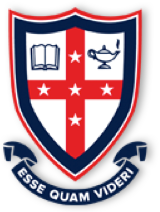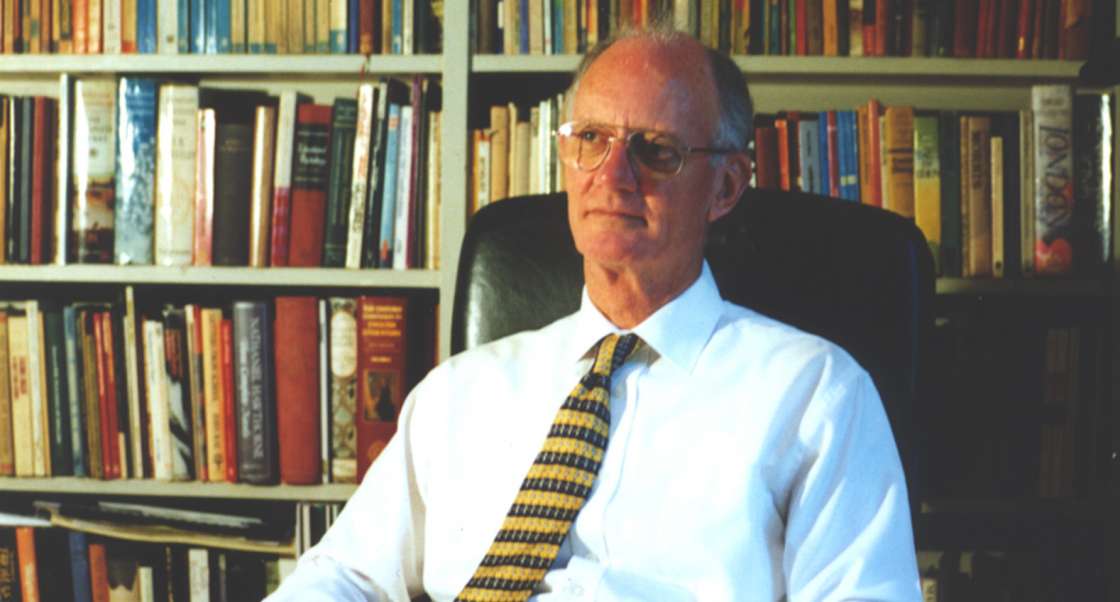Stories
Dr Bruce Carter AM, Headmaster, 1985–2000
Dr Bruce Carter AM was the sixth Headmaster of Cranbrook, holding the position for 16 years between 1985 and 2000. His predecessor had been at the school for a formidable 22 years. This was Mark Bishop and he left a legacy not only for the school’s culture, but also its structure and administration. Bishop’s term had overseen a time of considerable growth, particularly through the 1970s. When Carter arrived at the helm the school was therefore large and complex, with many moving parts, and while it was high functioning, it was probably also overdue for review.
In his first address on Speech Day in 1985, Carter indicated that a spirit of reassessment had shaped his earliest days as Headmaster. Noting that the School Council had suggested that his commencing as headmaster at the beginning of Term Two would be relaxing and refreshing, it was in fact anything but: “I seem to have been sprinting vigorously with scarcely a pause for a breath over the past six months”, he remarked at the time. The Council had embarked on a far-reaching review of school life to coincide with the beginning of Carter’s headmastership. Committees had been set up prior to his arrival, and they were reviewing the curriculum, sporting program, uniform, timetable, and prefects’ executive.
Dr Carter was an academic as well as an administrator, having received a Masters in Education from Harvard University and a Doctorate in Education from the University of Toronto. He later described Cranbrook on that first Speech Day as having a strong and imposing physique and yet it had “something of a soft belly”. This “belly” was a metaphor for the students who had not “endured some of the pain that leads to real success and fulfilment”, who had forgotten the reasons for Cranbrook’s “greatness”. It was clear that while the new Headmaster was already proud of the school, he saw room for improvement in its academic standards.
Reflecting a year later in an interview for The Cranbrookian, Carter said that he felt Cranbrook would benefit from “a certain amount of structure”. He saw the school’s future as a combination of tradition and change, and he found himself getting “cranky” with those who unthinkingly critiqued proposed change by saying, “we haven’t done that before”.
It was important to him that students saw themselves as part of a long tradition, but that they also continued to evolve for the future. One example was that after Carter arrived, teachers began addressing students by their first name, replacing the much older convention of addressing students by their surname. He also focused on the leadership of the prefects, claiming that the success of the prefect body determined in many ways the success of the school.
Cranbrook ultimately thrived with its updating, and with the improvements that it received under the leadership of Bruce Carter, achieving a newly modern potential. Fittingly, given his support of the cultural activities of the school, Carter’s portrait was later a finalist in the 1994 Archibald Prize. Painted by Gretel Pinniger, the portrait was titled The Enlightened Educator.
Select Bibliography
David Thomas and Mark McAndrew, Born in the Hour of Victory, Cranbrook School, 1918 – 1998, Sydney: Playright Publishing, 1998.
The Cranbrookian, The Magazine of Cranbrook School, June 1986, Vol. LXVII, No. I, pp. 16 – 19, and pp. 28 – 29.


